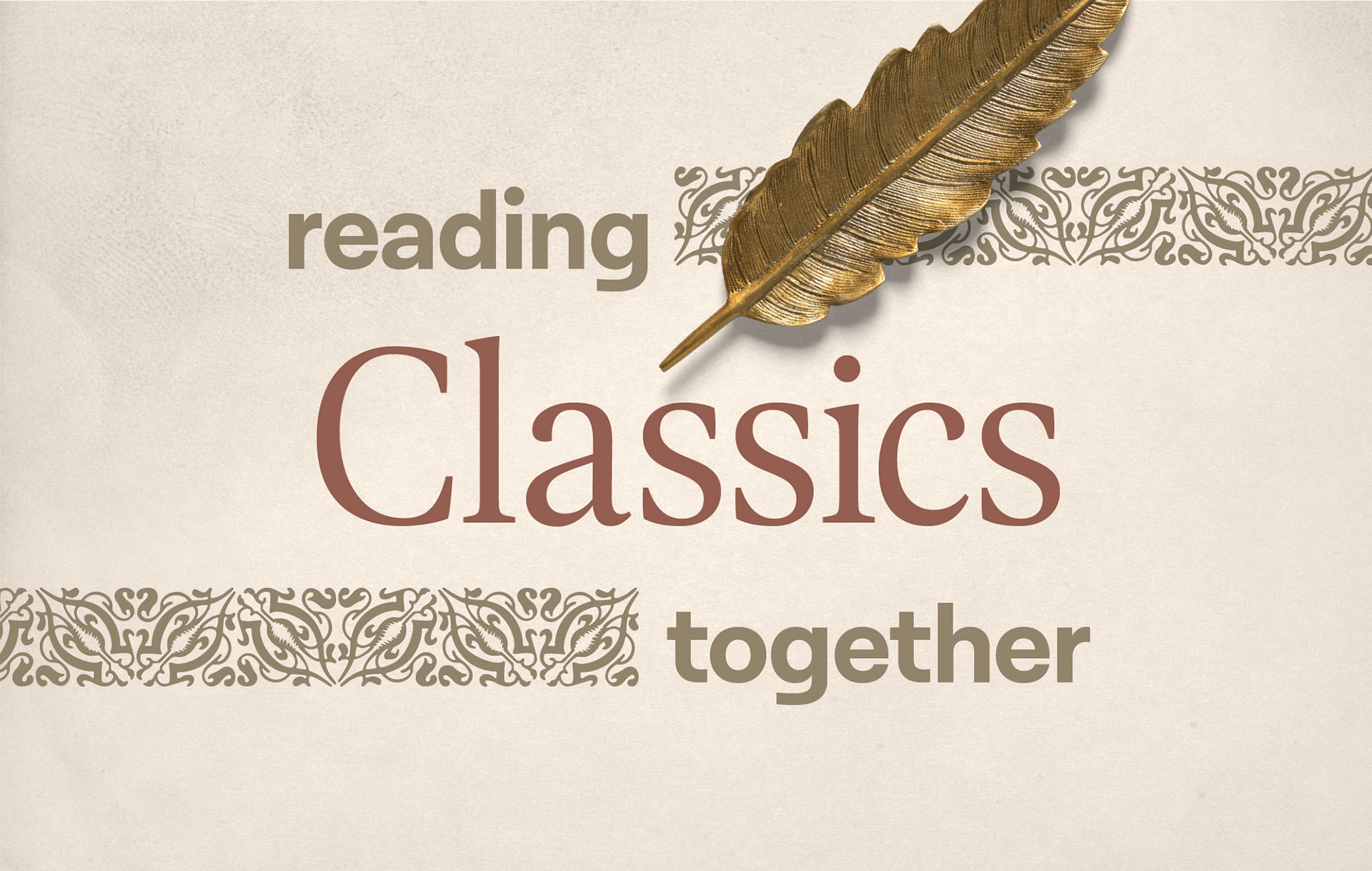The sexual relationship within marriage is powerful and beautiful, but it can only be described to a certain extent; eventually it must be experienced to be understood. The young soon-to-be-married man imagining the sexual relationship with his wife-to-be can really only guess at what it will be like; the bit he understands about it brings about a good and pure longing in his heart to actually experience it. The same is true of so many of the beautiful things in life; beauty calls to be experienced.
Worship is much the same. I love reading about worship, but it is always ultimately dissatisfying because it stirs up the desire to experience worship. This longing to experience beauty is part of the great hope of every Christian–the desire to experience the beauty of worshipping God face-to-face. While we love worship in this world, it is always stained by sin and it is always mediated, and for these reasons we long for the real thing, the fullest thing.
I thought about beauty and the beauty of worship as I read this week’s chapter in The Hidden Life of Prayer. When I was a child I was taught the ACTS acronym to help me distinguish between the different kinds of prayer: Adoration, Confession, Thanksgiving, Supplication. Christians use different terms for these things; some combine them into fewer categories and some add a couple. What is consistent, though, is that there are different ways to pray. At times prayer is full of praise and thanksgiving, at times prayer focuses on confession of sin, while at other times it is full of pleas for the Lord’s help and guidance.
In The Hidden Life of Prayer, David McIntyre speaks of worship, confession and request as the three components of prayer. This week’s Reading Classics Together brought us to his chapter titled “The Engagement: Worship.” Here he gives three ways in which “the tribute of praise which the saints are instructed to render to the Lord may arise,” which is to say, three reasons for which we ought to express worship in prayer: in acknowledgement of daily mercies; in thanksgiving for the great redemption; and in contemplation of the Divine perfection.
Returning to my earlier analogy, I wonder if we are approaching the point in these discussions of prayer where there is really only so much that can be said without simply turning to prayer. As much as I enjoyed this chapter, it felt like something that would be far better experienced than described. I am glad to hear of how a man offers prayers of thanksgiving for his redemption, but I would far rather offer prayer for my own redemption. I suppose that is the ultimate purpose of any book on prayer–to make us pray. Later on in the book McIntyre will quote John Laidlaw who says this: “The main lesson about prayer is just this: Do it! Do it! Do it!” In good Baptist style I’ll add an “amen!” to that.
Next Week
For next Thursday please read (or listen to) chapters five and six. These are short chapters, so I think it would be best to combine them.
Your Turn
The purpose of this program is to read these books together. If you have something to say, whether a comment or criticism or question, feel free to use the comment section for that purpose.











